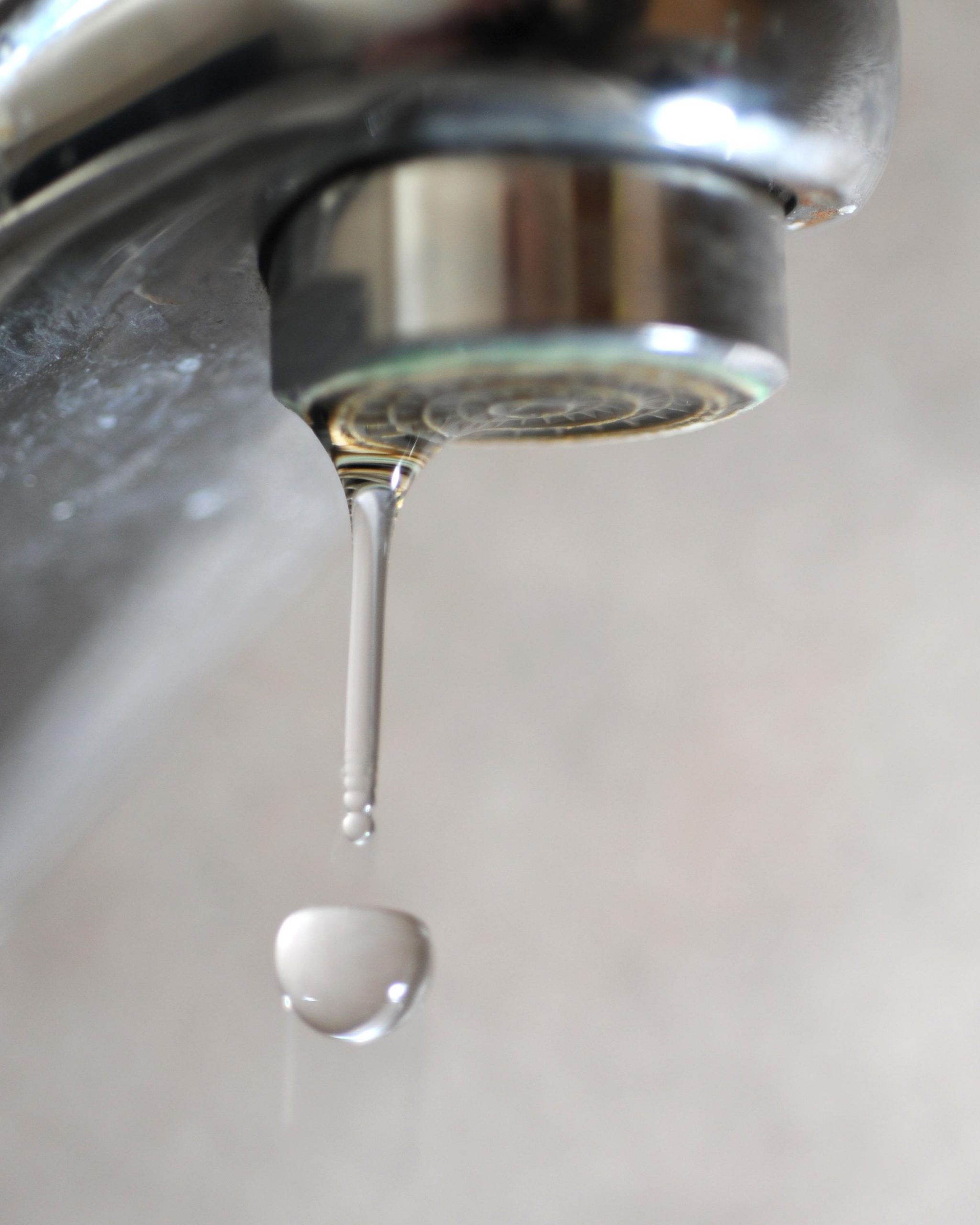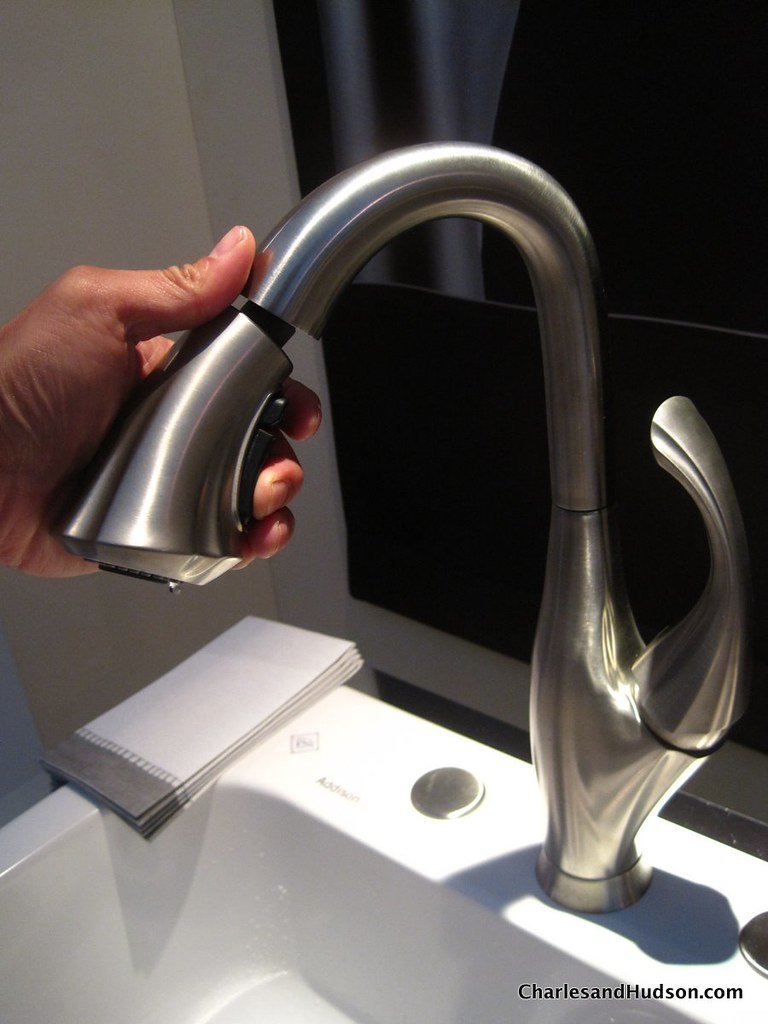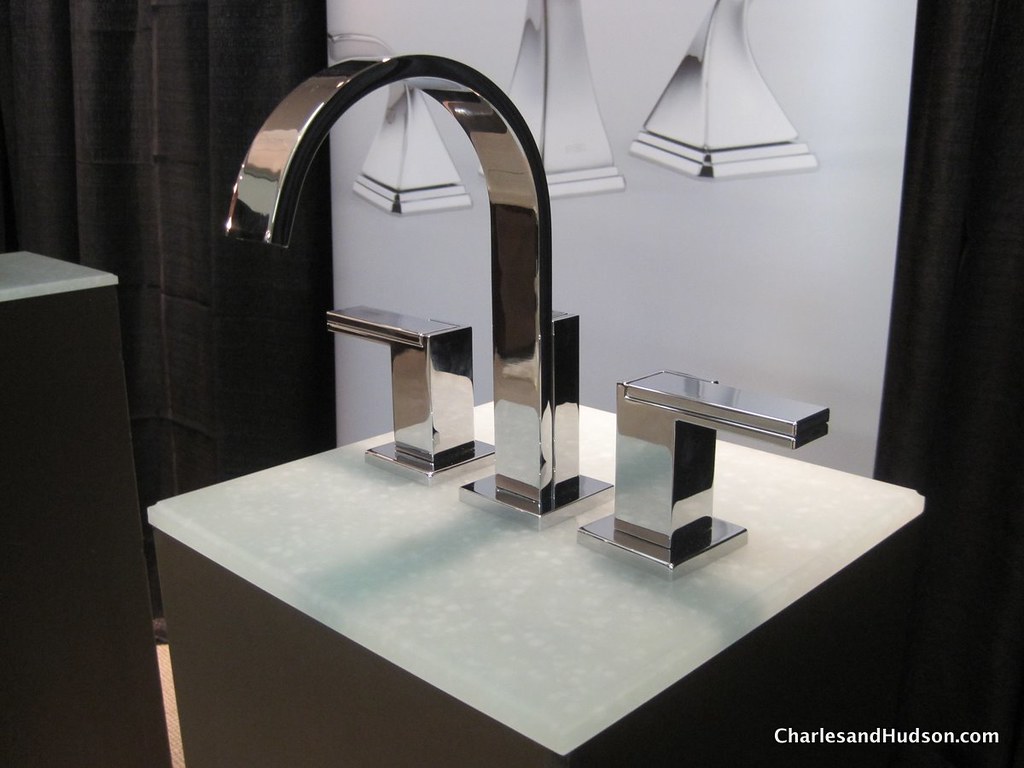
Summary
Precautions to be taken before starting to repair valve leaks
Step 1: Disassemble the faucet handle
Step 2: Remove the valve head
Step 3: Check the condition of the valve seal seat and, if necessary, grind it in
Step 4: Remove the used gasket
Step 5: Replace the used gasket
Step 6: Screw the valve head back on
Step 7: Reassemble the faucet handle
Step 8: Check the installation for leaks
Leakage is often due to deterioration and aging of the valve seals that seal the mechanism. However, the repair is very simple, you can do it by yourself, quite quickly.
On the other hand, it is not uncommon to see leaks at the handles of mixing valves. If you have just changed the seals of your taps and the water is still leaking, refer directly to the last step of this post.
Precautions to take before starting to repair leaking faucets

It is necessary to start by disassembling the valve seal in order to know its size and to be able to buy a new one of the right size, thickness, and type (full or drilled).
Before starting to repair the leaking valve, turn off the water supply, either at a dam valve or the main supply. Then open the taps to drain the water from the pipes.
Place a cloth over the sink to avoid damaging it with your tools.
Tip: Close the bung: if you drop a screw or nut, you can retrieve it.
1. Remove the handle of the faucet
To access and change damaged seals, first remove the handles on the faucet, also known as “cross handles”.
Unscrew the cover of the faucet handle using the multi-socket pliers. On some faucet models, the cover consists only of the red or blue (water temperature) colored pad.
Then unscrew the fixing screw inside the handle.
Remove the handle by pulling it out in its tilt axis.
2. Remove the head of the faucet
Unscrew the valve head nut with the wrench.
If you cannot loosen the nut, coat it with an anti-seize agent and allow it to work for a few minutes.
Finish unscrewing the valve head by hand.
Note: Sometimes a trickle of water may run out of the faucet when you remove the head. This is normal.
3. Check the condition of the valve seal seat and, if necessary, break it in
The seat is the surface on which the valve seal presses to prevent water flow. This part of the valve may be damaged, worn, or scaled. In this case, replacing the valve seal is not enough; the seat must be restored, i.e. ground.
A honing tool consists of a handle, a threaded sleeve with one or more threads, and a set of cutters of different sizes.
Use it as follows:
Check the condition of the seat, first visually, and then with your finger.
Select a thread of the same size as the head thread and screw the honing wheel into the handle location.
Do not force.
While pushing, turn the knurled knob of the honing wheel two or three turns and then check the condition of the seat again.
Remove any debris.
4. Remove used gasket
The valve gasket seals the junction between the handles and the valve body. When the valve gasket is worn, leaks occur.
To remove the valve gasket, lift it up with the screwdriver or a round-tipped knife and pull it out.
If your valve gasket is not full but pierced, you must unscrew the nut holding it.
Note: check the condition of the O-ring also present in the valve head. If it is also damaged, take the opportunity to replace it.
5. Replace the used gasket
Before replacing the worn valve seal, clean the valve head.
Clean the valve head where the valve gasket was installed using a cloth or soft brush.
Insert the new valve with your fingers to avoid damaging it.
6. Screw the valve head back on

Before screwing the valve head back on, check that it is in the open position.
Screw the valve head back on by hand.
Hold the valve body and tighten the nut (moderately) with a wrench.
Tip: To make it easier to reassemble the valve head, you can apply silicone grease to the thread.
7. Reassemble the faucet handle
Replace the handles in their housing and screw the nuts back on to secure them.
Then, replace the handle covers or the color-coded disc depending on the faucet model.
8. Check the installation for leaks
After completing the valve repair, check for leaks.
Open the water supply.
Run the water to check that the installation is watertight.
If there is a leak, remove the handles again and tighten the faucet heads.
If the leakage persists, disassemble the valve head and reassemble it after adding silicone grease to the valve seal and the thread.
Put Teflon on the handles.
The handles of the faucet are also known as “cross handles”.
And finally, if the leak is in the area of the faucet handles:
Unscrew the cover of the faucet handle with the multi-socket pliers. On some faucet models, the cover consists of the red or blue (water temperature) disc.
Surround the threads of the head with Teflon and then reassemble it.
Replace the handles in their housing and tighten the nuts to secure them.
Then, replace the handle covers or the colored disc depending on the faucet model.
Hope the above helps you out, but if you need to call professionals in Miami, Marlin Plumbing will get the job done for you.

7 Replies to “How to Repair the Joints of a Leaking Faucet”